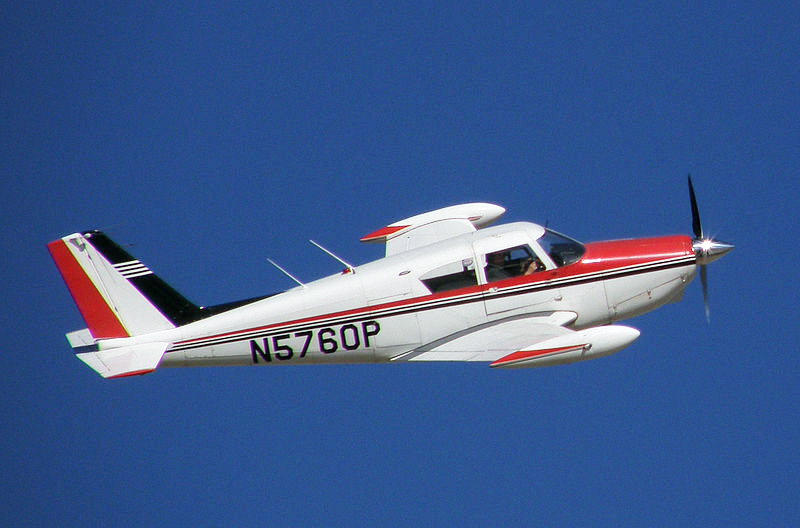One of the best single engine aircraft on the used airplane market today is the Piper PA-24 Comanche. Piper delivered the airplane with a variety of Lycoming engines ranging in power from 180 hp on the low end, to 400 hp on the high.
The 180 hp version was slightly underpowered, but proved to be very economical. With a lighter payload and at moderate power settings, a pilot could expect 130 knots on about eight to 10 gallons per hour. In the PA-24-250, fitted with the 250 horse engine, the airplane delivers 155 knots on 12.5 gallons of fuel.
With a standard 30-gallon fuel tank in each wing, along with a 15 gallon outboard tank on each side, the Comanche has a total fuel capacity of 90 gallons, or 540 pounds.
This is enough fuel for the aircraft to fly more than 1500 nm non-stop with reserves. Max Conrad used a Comanche 250 equipped with extra fuselage tanks to set the non-stop speed record from Casablanca to Los Angeles in 1959.
Most of us will avoid sitting in an airplane for such a long time. But for the typical 400 nm flight, the Comanche performs the flight admirably in about 2 hours 35 minutes while consuming about 33 gallons. In addition, this is for a trip carrying four legitimate adults.
Unlike other airplanes which the manufacturer claims are “four-seat” airplanes (if two of the four are children), the Comande 250 is a bona fide four-place airplane. Not only will the airplane carry four adults, it will also carry a modicum of baggage.
For both personnel and cargo, space is more than adequate. The pilot and all passengers have plenty of headroom and legroom in the cabin. For the cargo, space is plenty with easy access.
If you are considering the purchase of a Comanche, stick with the later model years; airplanes manufactured before 1969 did not have standard “T” instrument panel. Manufacturers often placed instruments haphazardly in the older model airplanes. On airplanes built after 1968, the panels had to conform to the new regulations.
Regardless of older or newer model of aircraft, the Comanche was a solid instrument platform. The ailerons are a little heavy, but she stays where you place her. She is solid in cruise and has decent slow flight characteristics. The one thing you should be aware of in the lower realm of airspeed is the stall.
The airplane is prone to “oil-canning” back in the aft fuselage. If you are not aware of it, the first time you experience a stall in the PA-24, it might scare you more than you might imagine.
More than anything else, the airplane is one of the prettiest to ever fly off a drafting table and into production.
-30-
© 2011 J. Clark

